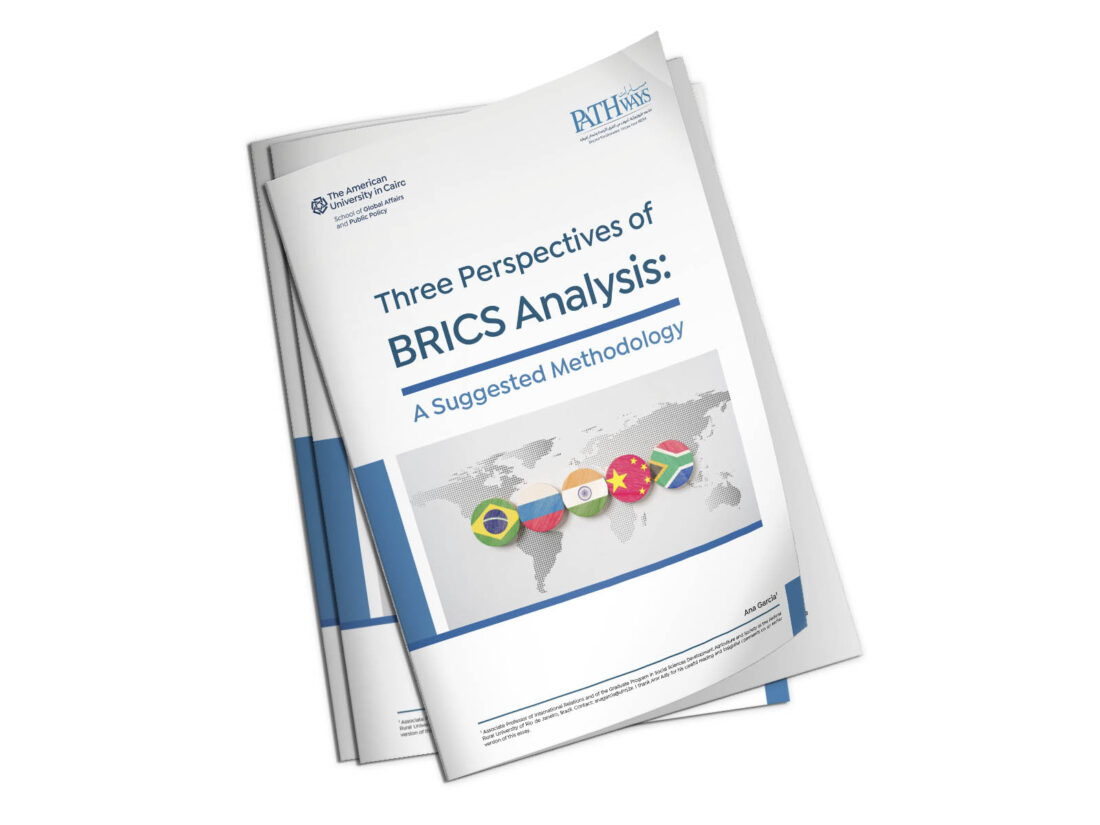
Three Perspectives of BRICS Analysis: A Suggested Methodology
The BRICS economies have played a significant role in globalization, both as recipients of foreign direct investment (FDI) and as foreign investors, as home-grown private and state enterprises have expanded into multinational corporations with a far-reaching footprint. In 2018, these five countries collectively accounted for twenty percent of global investment inflows and twentyfour percent of world GDP (UNCTAD, 2019).
Despite the challenges posed by the COVID-19 pandemic, China led global outward investment in 2020, recording $133 billion in FDI (UNCTAD, 2021). Brazil consistently ranks among the top ten recipients of FDI inflows, while Russia and India have consistently ranked among the top twenty in both FDI inflows and outflows in recent years (UNCTAD, 2019; 2020; 2021; 2022; 2023). Kiely (2015) argues that the rise of BRICS has led to greater integration of these countries into Westernbased globalization rather than less: “the rise of these countries owes less to state capitalist deviations from neoliberal prescriptions which originated in the West, and more to the embrace of globalization friendly policies” (Kiely 2015, p. 2-3).


